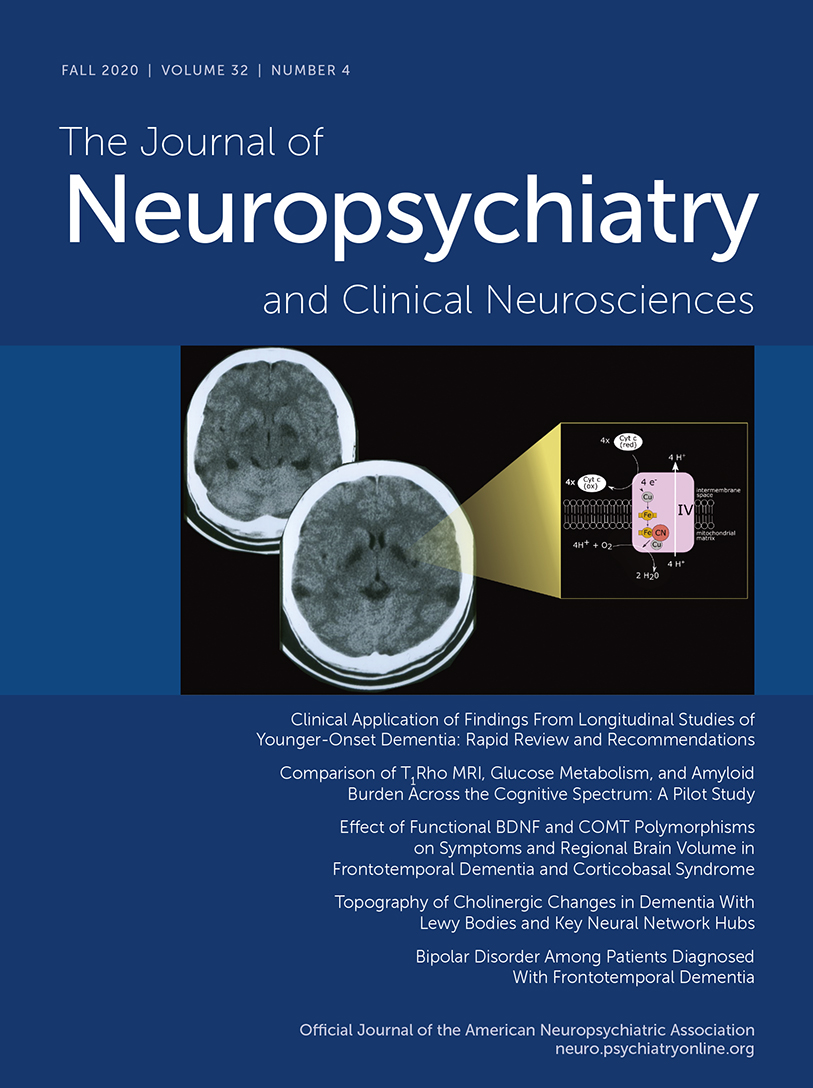Clinical Application of Findings From Longitudinal Studies of Younger-Onset Dementia: Rapid Review and Recommendations
Abstract
Younger-onset dementia (YOD) presents with heterogeneous symptoms, has a variety of etiologies, and can be difficult to diagnose. The authors conducted a rapid review of longitudinal YOD cohorts and their related substudies to evaluate current literature that may inform the clinical information provided to patients about the progression and duration of illness and to highlight areas for future research. Searches were conducted using MEDLINE, CINAHL, PubMed, PsycINFO, and Web of Science for articles published between January 1966 and June 2018. Four longitudinal YOD cohort studies and their related substudies were identified. Alzheimer’s disease (AD) was reported as the most frequently occurring YOD. The age at onset reported for two cohorts ranged from 53.8 to 60.2 years, depending on the dementia type. Three cohorts yielded substudies that focused on other aspects of YOD, including caregiver outcomes, neuropsychiatric symptoms, and psychotropic drug use. There were conflicting data regarding whether AD or frontotemporal dementia had the greatest rate of cognitive decline. The authors identified a restricted amount of clinical information that may be useful for patients and their families. Limitations included relatively short follow-up periods and types of dementia included. There was also a lack of information on longitudinal changes in neuropsychiatric symptoms and their relationship to biomarkers. These aspects are important considerations for future research, because they may yield information relevant to early diagnosis and disease progression, with improved clinical care for patients with YOD and their families. Streamlining data collection may also improve the ability to generalize results.



